aerosols
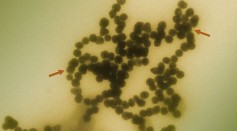
Multi-Organ Chip Developed To Detect Interaction Between Nanoparticles and Lung Cells; This New Nanotechnology May Affect the Liver [Study]
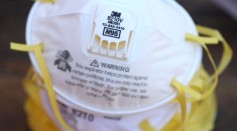
COVID-19 Protection: No Place for Cloth Masks Amidst the Omicron Variant; Experts Explain Why
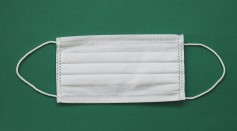
DIY Homemade Facemask: How to Make One That is Effective Against COVID-19
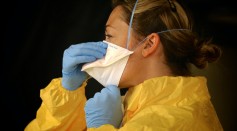
Outdated COVID-19 Guidelines Risks Ontario Citizens to Airborne Transmission

Pollution Allegedly Cause Reduced Sunlight Brightness: What is Global Dimming?
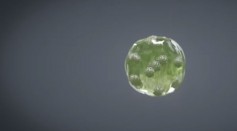
Scientists Find Another Mode of COVID Transmission: Airborne via Aerosols

Man-Made Aerosols and Urban Landscapes Amplify and Pull Hazardous Weather
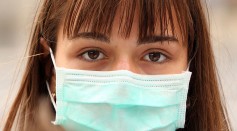
Wrong Mask Can Be Worse Than No Mask, New Airflow Study Says

Japanese Supercomputer Deemed Face Shields Ineffective at Trapping Aerosols
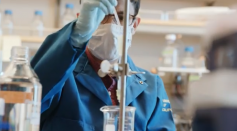
AeroNabs: A Novel Protection Against COVID
Scientists Find Wood Burning, Combustion Responsible To The Brown Cloud Formation
Ocean Microbes and How They Affect Our Atmosphere in the Age of Climate Change
Most Popular

How Technology Is Changing the Real Estate Industry?

Study Reveals High Turnover in Scientific Research Careers: What This Means for Future Scientists

How a Plant-Based Diet Can Protect Against Breast Cancer: Insights from Nutrition Research

Why It's So Difficult to Lose Weight: The Biological Explanation Behind Obesity






